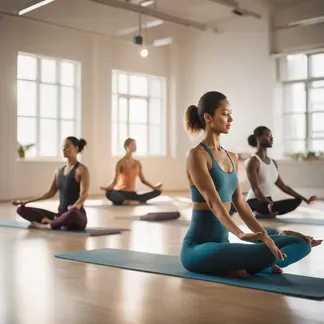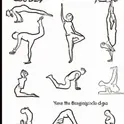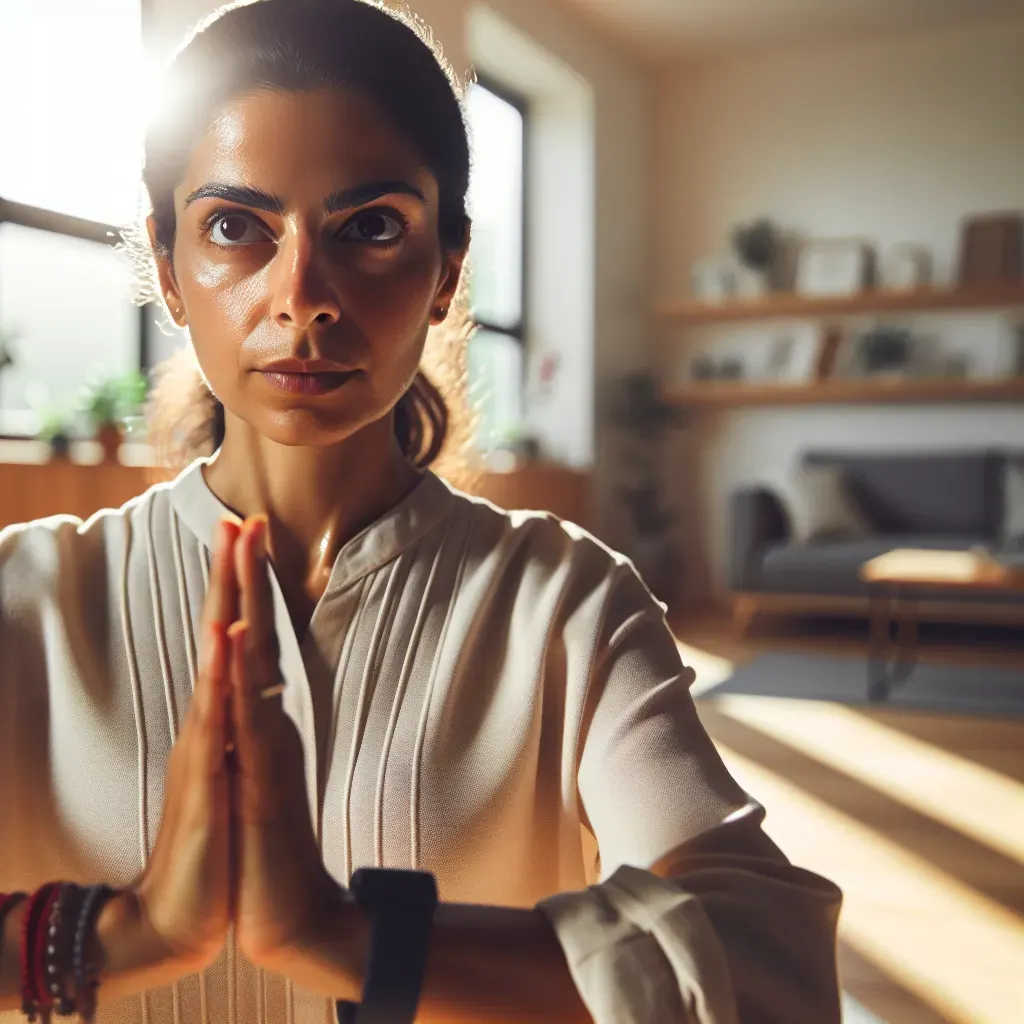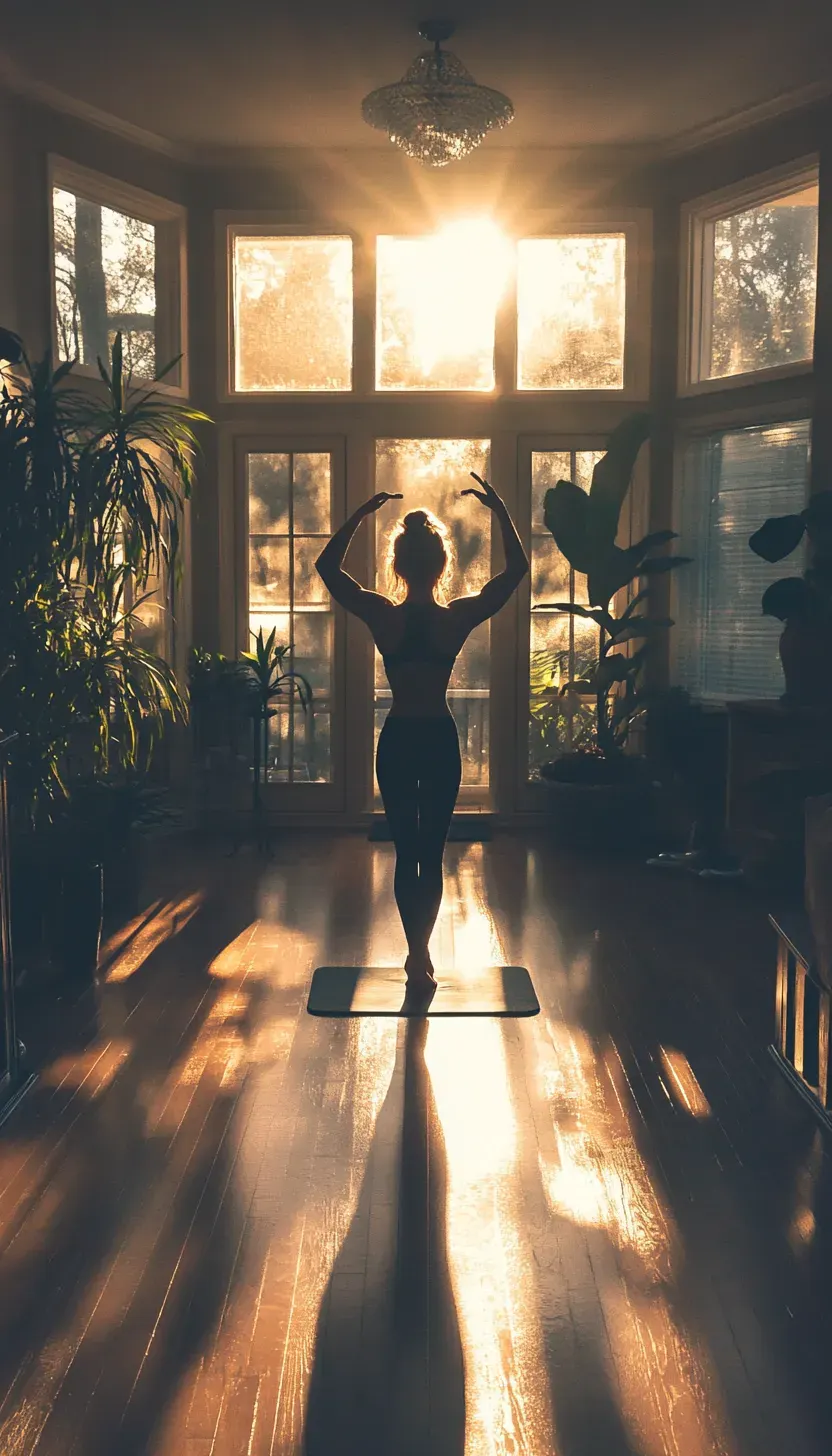Unveiling The Power Of Yoga Poses: Flexibility & Stability
Table of Contents
- Introduction
- What is the Best Yoga Pose for Flexibility?
- Which Yoga Style is Best for Strength and Flexibility?
- Can Yoga Increase Flexibility?
- Is it True That Yoga Builds Strength and Improves Flexibility?
- What is the Most Powerful Form of Yoga?
- What Type of Yoga is Used to Establish Flexibility and Balance?
- What is the Most Powerful Yoga Pose?
- Which Yoga Pose Has the Most Benefits?
- What is the Hardest Pose in Yoga?
- Conclusion
Introduction
Yoga is an ancient practice that harmonizes the mind, body, and spirit. Among its numerous benefits, two of the most sought-after are flexibility and stability. These foundational elements of physical health not only enhance overall fitness but also improve daily life activities and mental well-being.
In this comprehensive guide, we will explore the power of yoga poses in promoting flexibility and stability, answering essential questions, and highlighting key poses and practices.
What Is the Best Yoga Pose For Flexibility?
When it comes to flexibility, Downward-Facing Dog (Adho Mukha Svanasana) stands out as one of the most effective poses. This foundational pose stretches the hamstrings, calves, and shoulders while also strengthening the arms and legs. Practising a Downward-Facing Dog regularly can help lengthen the spine and improve overall body flexibility.
Another excellent pose for flexibility is the Seated Forward Bend (Paschimottanasana). This pose targets the spine, hamstrings, and lower back, providing a deep stretch that can gradually increase flexibility over time.
Which Yoga Style Is Best For Strength And Flexibility?
Vinyasa Yoga is often recommended for those seeking a balance between strength and flexibility. This style involves fluid transitions between poses, synchronizing movement with breath. The dynamic nature of Vinyasa Yoga helps build muscle strength while enhancing flexibility through continuous stretching and lengthening of muscles.
Ashtanga Yoga, with its more structured sequence, also offers significant benefits in terms of strength and flexibility. The demanding nature of Ashtanga sequences builds muscular endurance and flexibility, making it an ideal choice for those committed to rigorous practice.
Can Yoga Increase Flexibility?
Yoga can increase flexibility. Regular yoga practice involves stretching and holding poses that target various muscle groups, tendons, and ligaments. Over time, this consistent stretching leads to increased flexibility. Poses such as Bound Angle Pose (Baddha Konasana) and Camel Pose (Ustrasana) are particularly effective in opening up the hips and chest, which are common areas of tightness.
Studies have shown that practising yoga regularly can significantly improve flexibility in individuals of all ages. The gentle, progressive nature of yoga makes it accessible and effective for enhancing range of motion and overall flexibility.
Is It True That Yoga Builds Strength And Improves Flexibility?

Yes, it is true that yoga builds strength and improves flexibility. Many yoga poses, especially those involving weight-bearing on the arms and legs, help build muscle strength. Poses like Plank Pose (Phalakasana) and Warrior II (Virabhadrasana II) engage multiple muscle groups, enhancing both strength and stability.
Flexibility is also improved through various stretching and holding poses. The combination of strength and flexibility training in yoga creates a balanced fitness routine that supports overall physical health.
What Is the Most Powerful Form of Yoga?
The "most powerful" form of yoga can be subjective and varies based on individual goals. However, Power Yoga is often considered one of the most vigorous forms.
Power Yoga is a high-intensity practice that incorporates elements of Vinyasa and Ashtanga Yoga, focusing on building strength, flexibility, and stamina. It is an excellent choice for those looking for a challenging and dynamic workout.
Bikram Yoga, performed in a heated room, is another powerful form.
The heat allows for deeper stretching and can enhance flexibility while also providing a cardiovascular workout.
What Type of Yoga Is Used To Establish Flexibility And Balance?
Hatha Yoga is particularly effective for establishing flexibility and balance. This style of yoga emphasizes slow and deliberate movements, allowing practitioners to focus on alignment and deep stretching. Tree Pose (Vrksasana) and Half Moon Pose (Ardha Chandrasana) are excellent examples of Hatha Yoga poses that improve balance and flexibility.
Iyengar Yoga also focuses on precision and alignment, often using props to assist in achieving the correct posture. This methodical approach helps in developing both flexibility and balance over time.
What Is The Most Powerful Yoga Pose?
Determining the "most powerful" yoga pose can be subjective, but many consider Headstand (Sirsasana) to be one of the most powerful poses. Headstands require significant strength, balance, and focus, engaging the core, shoulders, and arms while also providing a mental challenge.
King Pigeon Pose (Eka Pada Rajakapotasana) is another powerful pose that deeply stretches the hips, groin, and thighs, while also improving balance and flexibility.
Which Yoga Pose Has The Most Benefits?
Child’s Pose (Balasana) is often cited as one of the most beneficial yoga poses. This resting pose gently stretches the hips, thighs, and ankles, while also promoting relaxation and stress relief. Child’s Pose is accessible to practitioners of all levels and offers a moment of calm and restoration.
Bridge Pose (Setu Bandhasana) is another highly beneficial pose. It strengthens the back, glutes, and legs while also opening up the chest and improving spinal flexibility.
What Is the Hardest Pose In Yoga?
The hardest pose in yoga can vary from person to person, but the Handstand (Adho Mukha Vrksasana) is frequently mentioned due to the strength, balance, and concentration it requires.
Achieving a stable handstand involves overcoming fear, building upper body strength, and developing a keen sense of balance.
Scorpion Pose (Vrschikasana) is another extremely challenging pose. This advanced backbend requires flexibility, strength, and balance, making it one of the most difficult poses to master.
Conclusion
Yoga is a transformative practice that offers numerous benefits, including improved flexibility and stability. Whether you're a beginner or an experienced yogi, incorporating poses and practices that target these areas can enhance your overall physical and mental well-being.
From the accessible Downward-Facing Dog to the challenging Handstand, each pose contributes uniquely to your fitness journey.
To deepen your understanding and practice, consider taking a Yoga Quiz to find the best yoga style for you, or enhance your routine with Yoga Fitness products. Embrace the power of yoga and unlock your full potential through flexibility and stability.
People Also Asked
What is the best yoga pose for flexibility?
- A Downward-Facing Dog (Adho Mukha Svanasana) is highly effective for enhancing flexibility.
Which yoga style is best for strength and flexibility?
- Vinyasa Yoga and Ashtanga Yoga are excellent for building both strength and flexibility.
Can yoga increase flexibility?
- Yes, regular yoga practice can significantly increase flexibility over time.
Is it true that yoga builds strength and improves flexibility?
- Yes, yoga helps build muscle strength and improve flexibility simultaneously.
What is the most powerful form of yoga?
- Power Yoga and Bikram Yoga are considered among the most vigorous forms of yoga.
What type of yoga is used to establish flexibility and balance?
- Hatha Yoga and Iyengar Yoga are particularly effective for developing flexibility and balance.
What is the most powerful yoga pose?
- Headstand (Sirsasana) and King Pigeon Pose (Eka Pada Rajakapotasana) are often considered powerful yoga poses.
Which yoga pose has the most benefits?
- Child’s Pose (Balasana) and Bridge Pose (Setu Bandhasana) are highly beneficial for various aspects of health.
What is the hardest pose in yoga?
- Handstand (Adho Mukha Vrksasana) and Scorpion Pose (Vrschikasana) are among the most challenging yoga poses.
Can yoga improve mental well-being?
- Yes, yoga practices are known to enhance mental well-being by reducing stress and promoting relaxation.





